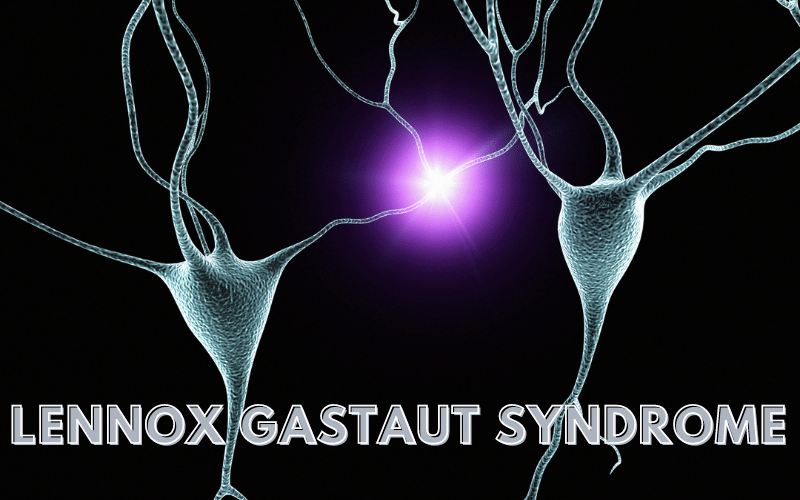Introduction: Delving into the Intricacies of Lennox Gastaut Syndrome

Lennox Gastaut Syndrome (LGS) is a rare, but severe, form of epilepsy that commonly initiates during childhood. This complex neurological condition is notorious for its multiple types of seizures and cognitive impairment. Despite its severity, knowledge about this syndrome is not widespread, making it crucial to discuss its symptoms in depth.
In this article, we will delve into the 15 key symptoms of LGS. As LGS exhibits a myriad of symptoms that can manifest differently in each patient, comprehending them can be quite a task. However, having knowledge about these symptoms is critical. It can lead to earlier diagnosis, enabling prompt treatment commencement, which can greatly influence the patient’s life quality.
Understanding these symptoms doesn’t just aid in diagnosis and treatment. It also helps educators and caregivers formulate effective strategies to aid individuals suffering from LGS. Given the impact LGS can have on an individual’s daily life, tailored strategies to manage symptoms can significantly enhance their quality of life.
In this in-depth analysis, we explore these 15 key symptoms. They range from various types of seizures, cognitive and developmental issues, to unique EEG patterns. Recognizing these symptoms and how they affect individuals is the first step in better management of LGS. By shedding light on these symptoms, we aim to equip you with the knowledge necessary to navigate the complexities of LGS.
Symptom 1: Multiple Types of Seizures – The Unpredictable Jolts

Picture a calm lake, its waters serene and still. Then, without warning, a stone is tossed into its tranquil depths, sending ripples across its surface. This metaphor captures the essence of Lennox Gastaut Syndrome (LGS) seizures. The brain’s tranquility is disrupted by sudden, unpredictable electrical storms that send shockwaves through the individual’s life.
Each seizure is unique, as varied as the individuals they affect. They may manifest as tonic seizures, characterized by sudden stiffness and rigidity in the muscles, akin to a marionette held taut by unseen strings. The abrupt rigidity can turn even the most mundane activities into Herculean tasks, forcing those affected to constantly live on edge.
At other times, they appear as atonic seizures or ‘drop attacks,’ bringing about a sudden loss of muscle control. It’s as though the strings controlling the marionette have been severed, leaving it to slump lifelessly. This erratic loss of control injects a sense of uncertainty and apprehension into everyday life.
Moreover, absence seizures are also part of the repertoire, characterized by brief lapses in consciousness. These are moments when the individual appears to ‘zone out,’ becoming unresponsive to the world around them. These small absences can stack up, creating pockets of missing time that disrupt learning and social interaction.
Myoclonic seizures add yet another layer to this complex tableau. These are characterized by quick, jerky movements, as though the individual is being jolted by an unseen force. This unpredictability further underscores the volatile nature of LGS.
The spectrum of seizures in LGS is a stark reminder of the condition’s complex and multifaceted nature. Understanding this spectrum is not merely about deciphering medical terminology; it’s about acknowledging the disruption these seizures can cause, the uncertainty they inject into everyday life. The challenge of LGS lies not only in managing these symptoms but also in navigating the stormy waters they stir up. (1)